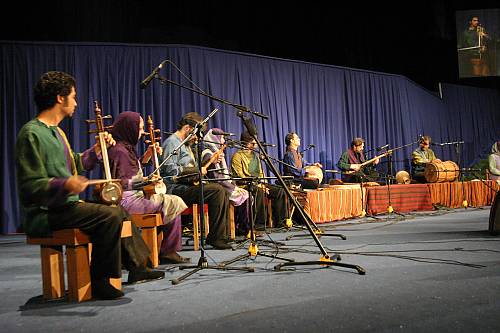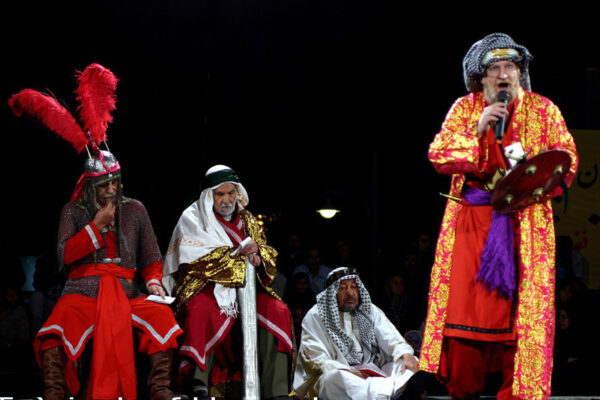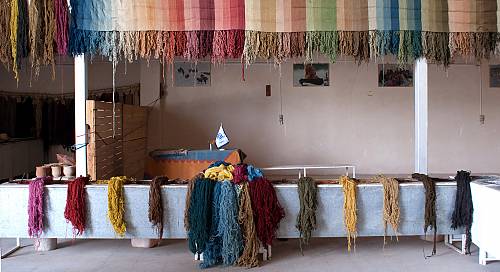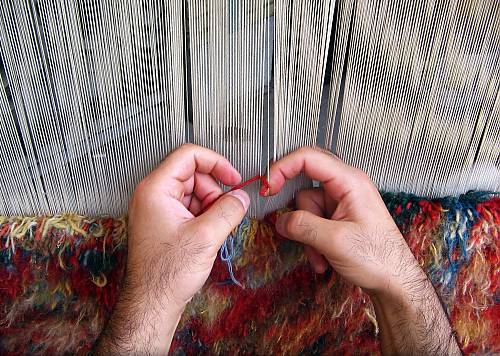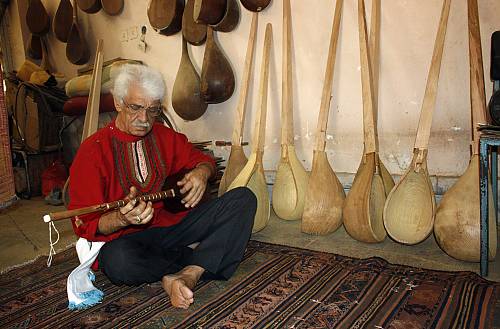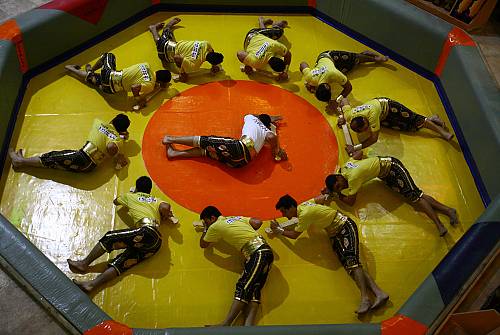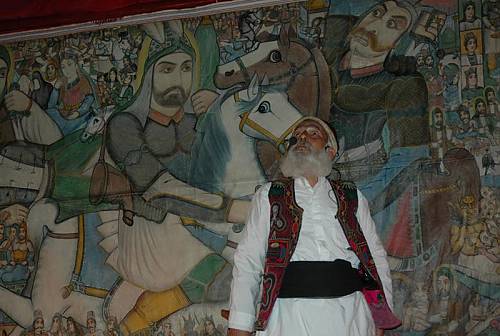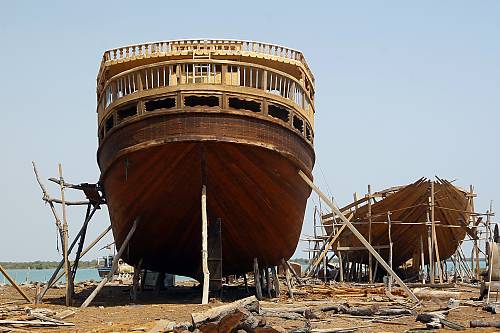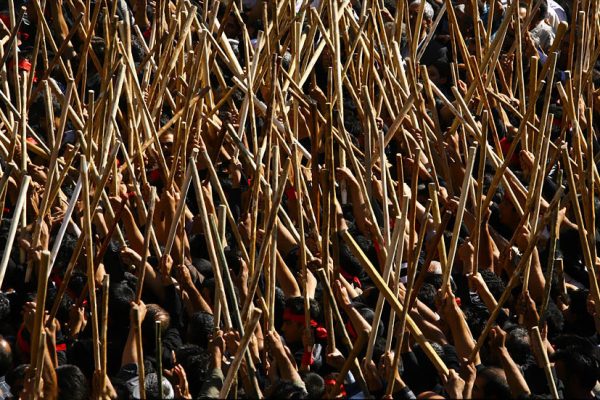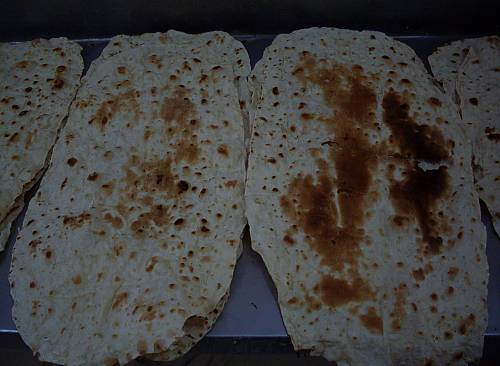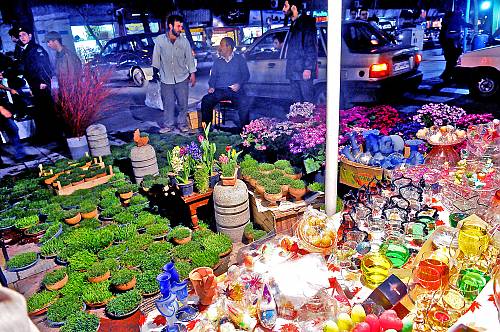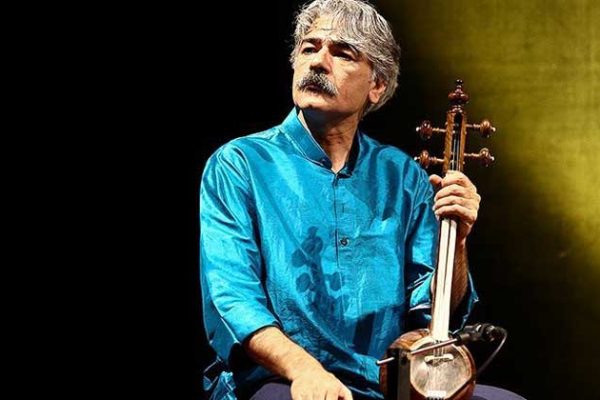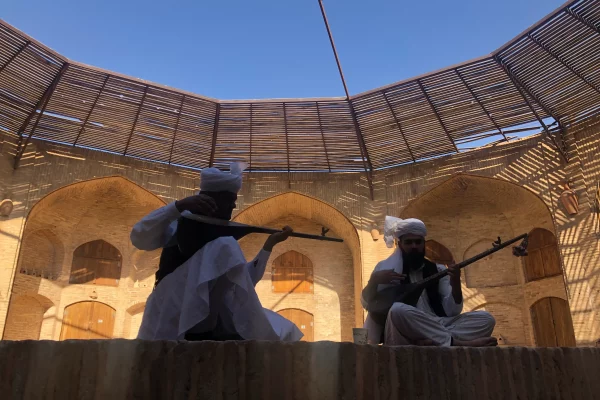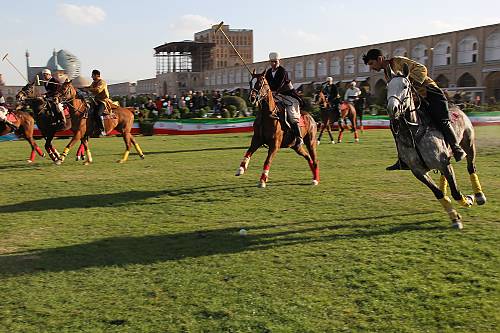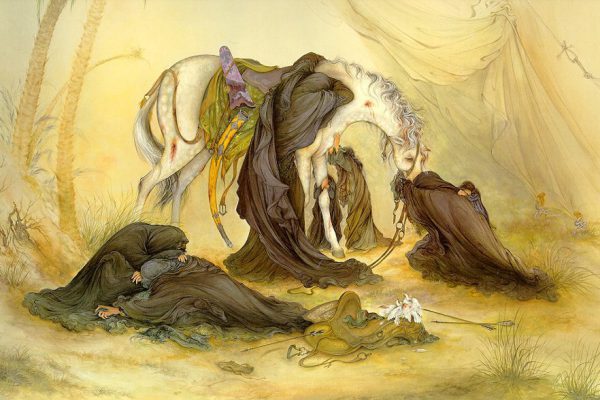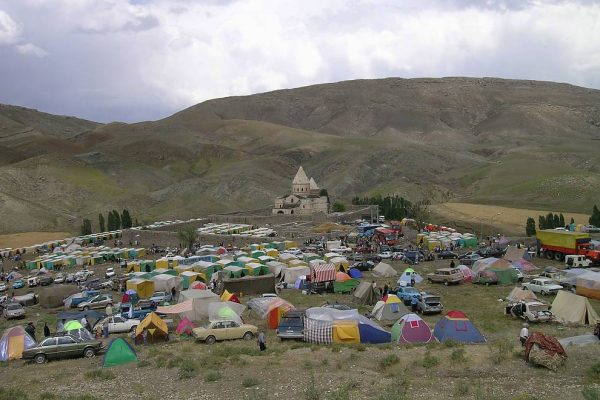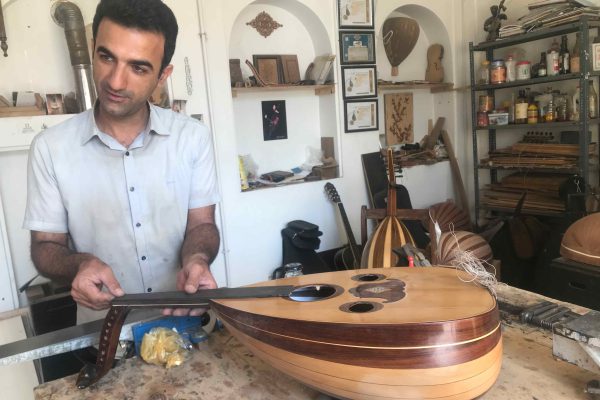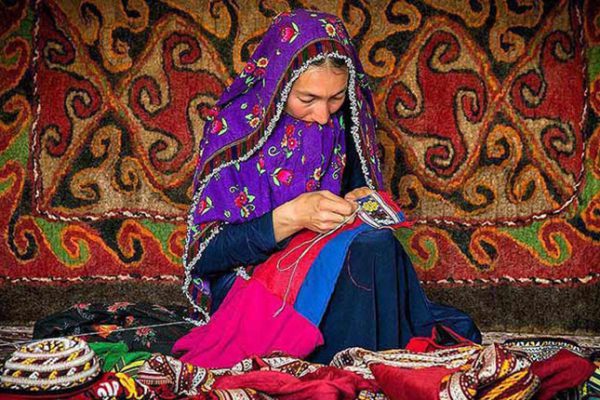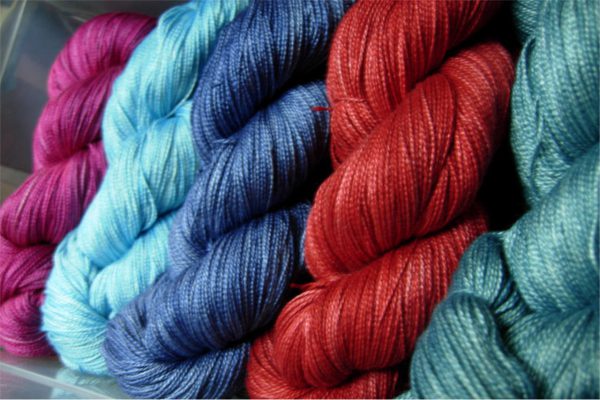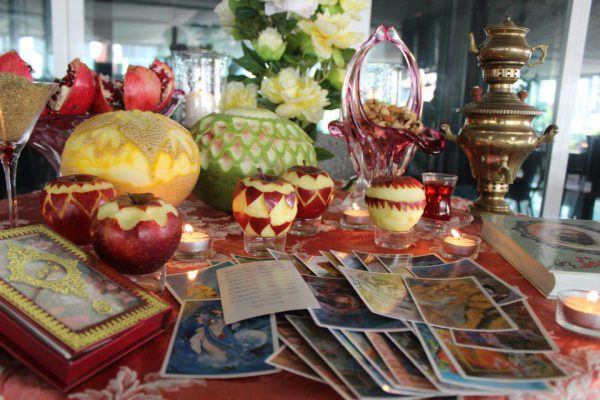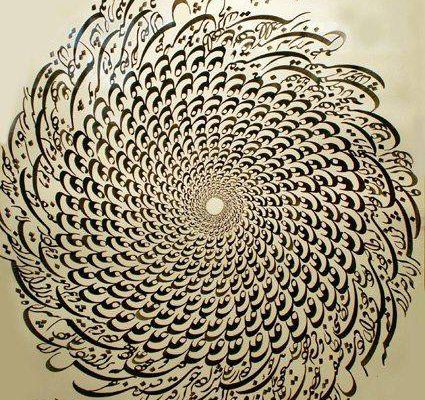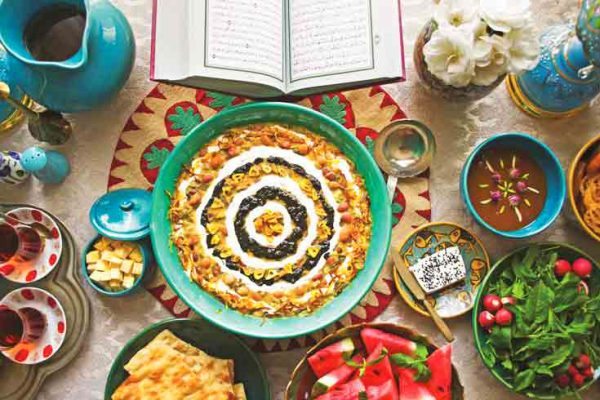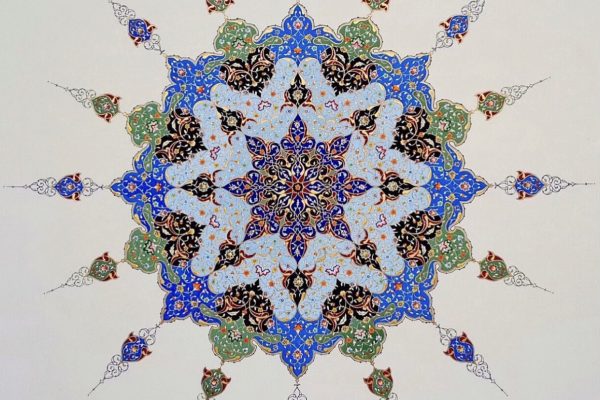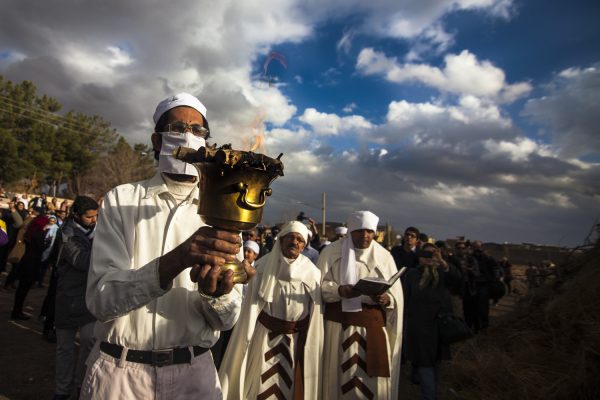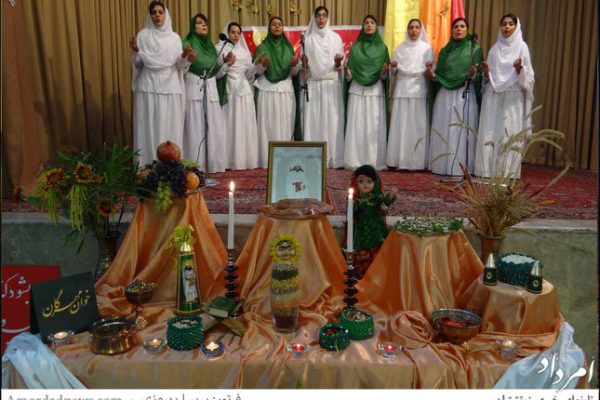Mehregan celebration, also known as Jashn-e Mehr, is a celebration steeped in tradition, marking the arrival of fall and honoring the bountiful harvest.
The roots of Mehregan stretch back millennia, originating in Zoroastrianism, an ancient Iranian religion. The festival honors Mithra (also known as Mehr), a yazata (angelic divinity) symbolizing friendship, love, light, and justice. During the Achaemenid Empire (330-550 BC), Armenian subjects of the Persian king even presented him with 20,000 horses annually coinciding with Mehregan celebrations.
Mehregan’s significance continued under the Sasanian Empire (224-651 AD), ranking as the second most important festival after Nowruz (the Iranian New Year). This emphasis stemmed from the connection between Mehregan and Iranian kingship, with Sasanian rulers often crowned during either Mehregan or Nowruz.The Mongol invasion in the 13th century significantly impacted Mehregan’s grandeur. Over time, the widespread celebration of the festival faded. Today, primarily Zoroastrian communities continue to observe Mehregan, upholding its rich traditions.
Every year, from 2 October to 2 November, Zoroastrian communities express gratitude to God for their livestock and crops. Zoroastrian communities share the ritual of setting a table of goods, such as pomegranates, watermelons, pears, limes and lemons, grapes, apples, rice and wheat. They prepare various dishes and serve nuts, sweets and special drinks. They also play music, sing and dance. Observed by people regardless of gender and age, the celebrations include music, songs, dances, theatre and local sports performances (such as wrestling). During the ceremony, the communities organize flower exhibitions and sell or display related handicrafts and products. The practice is transmitted informally, through storytelling and participation in the planning and performance of the festivities.

